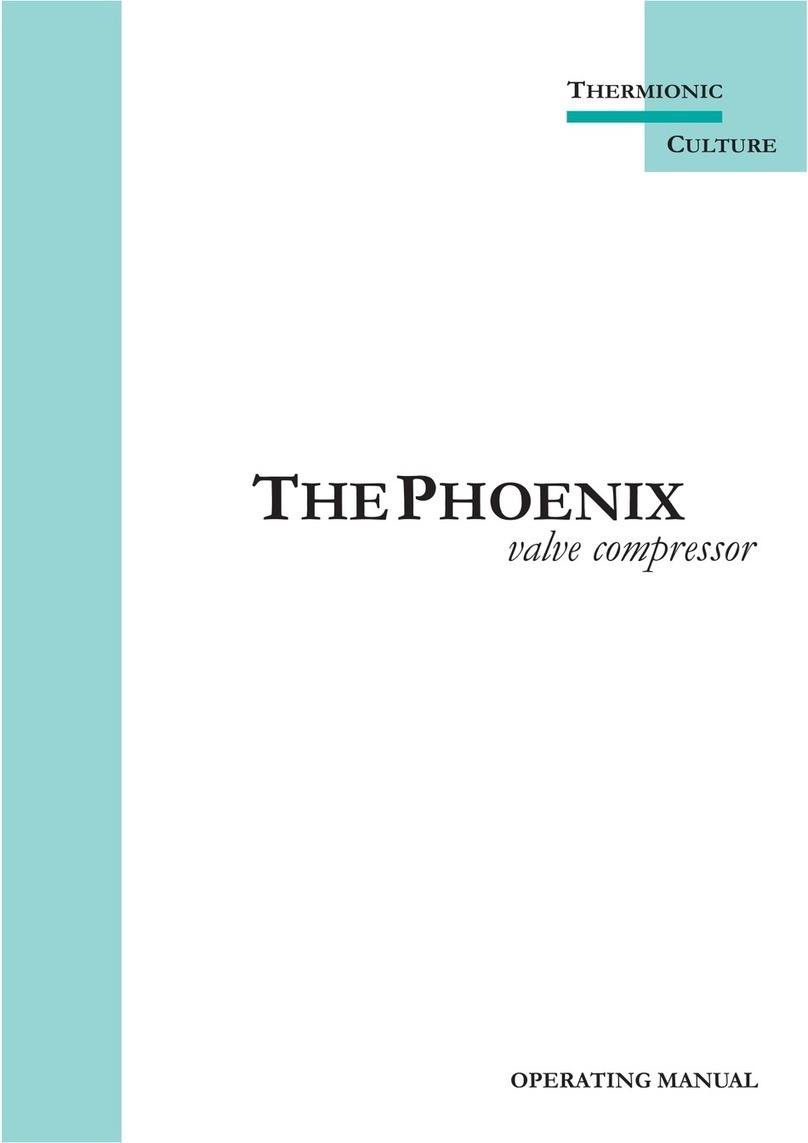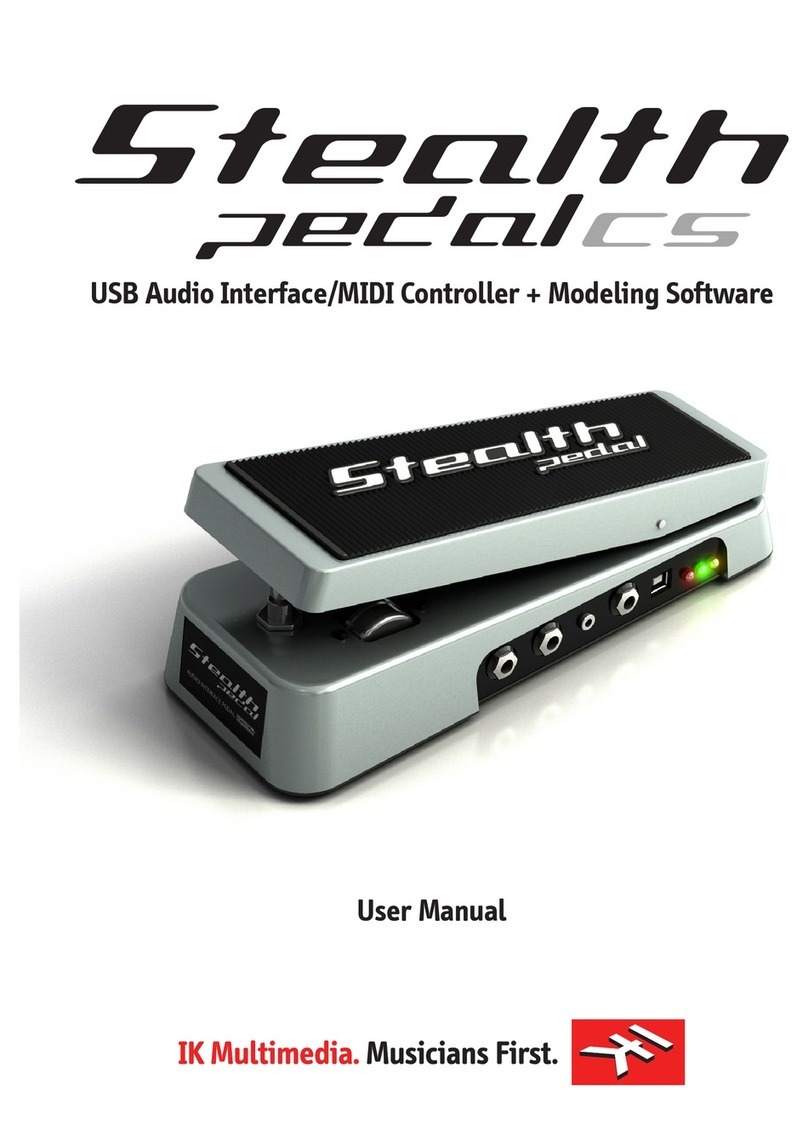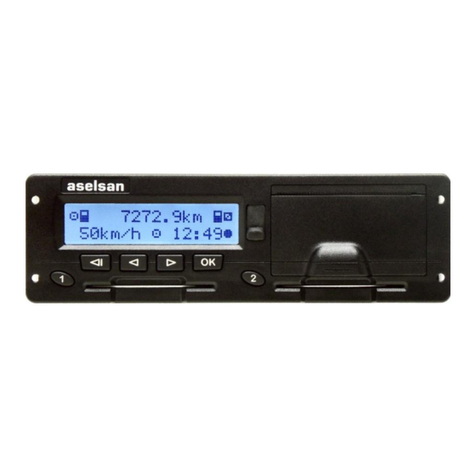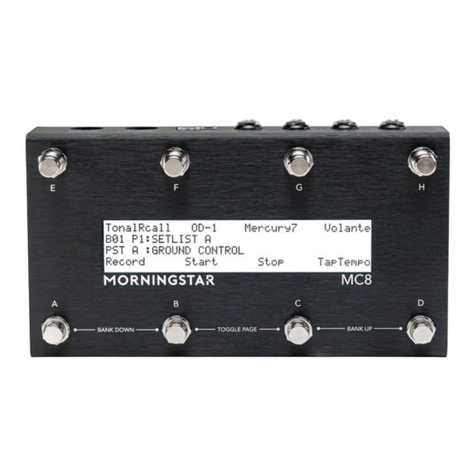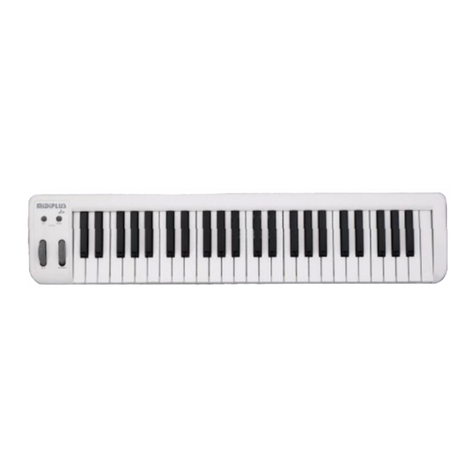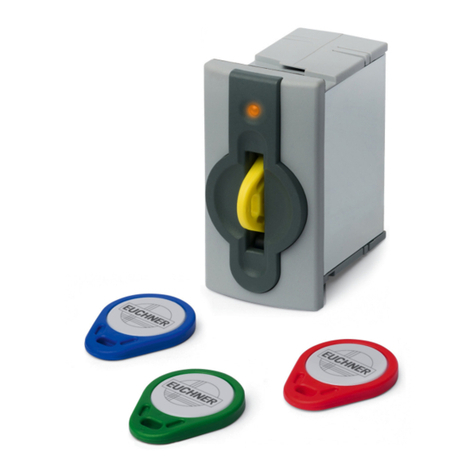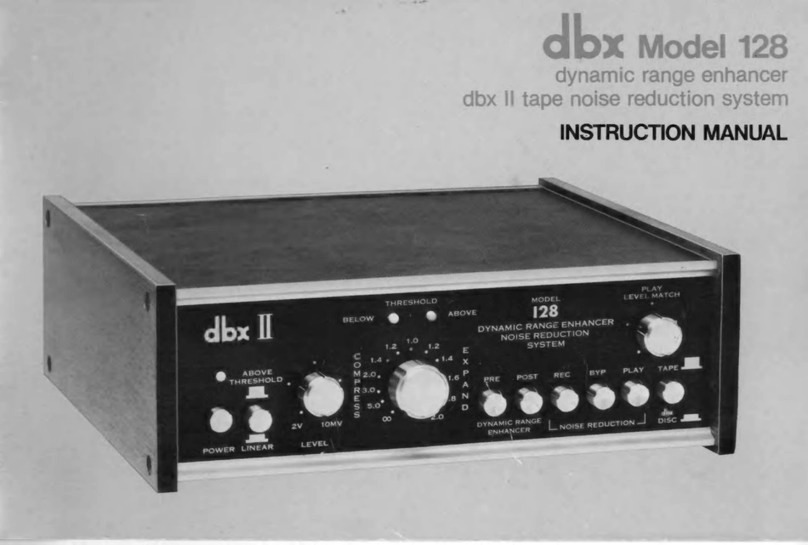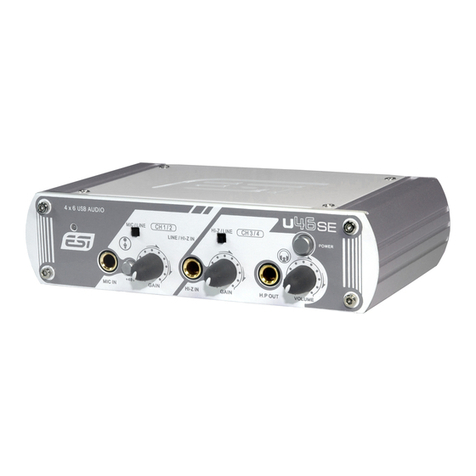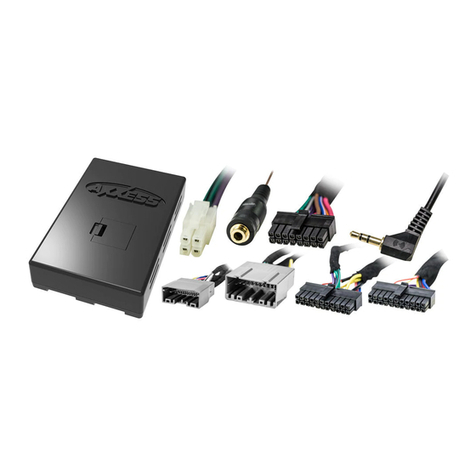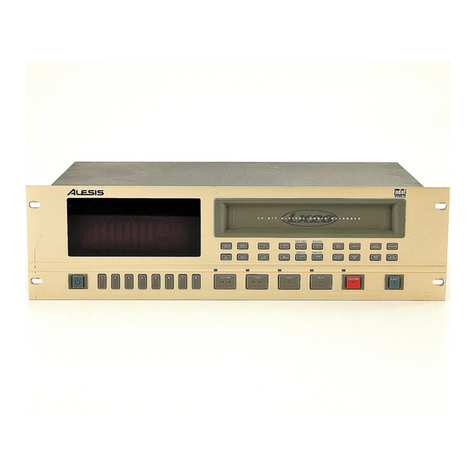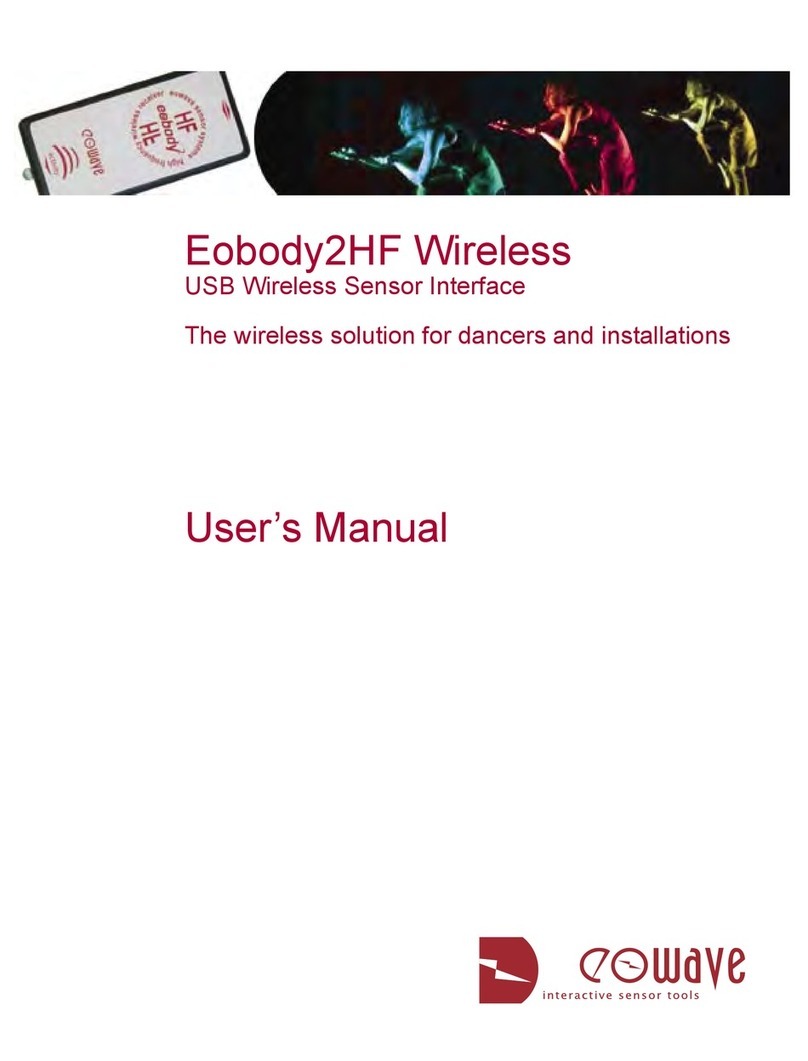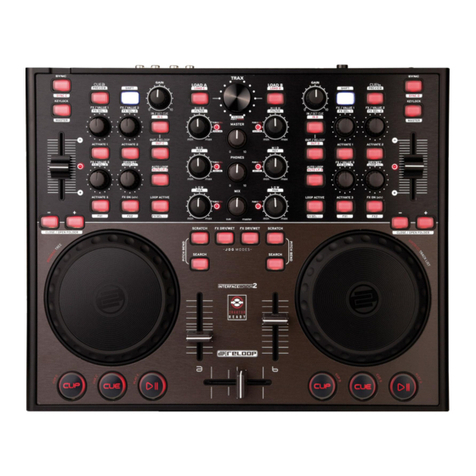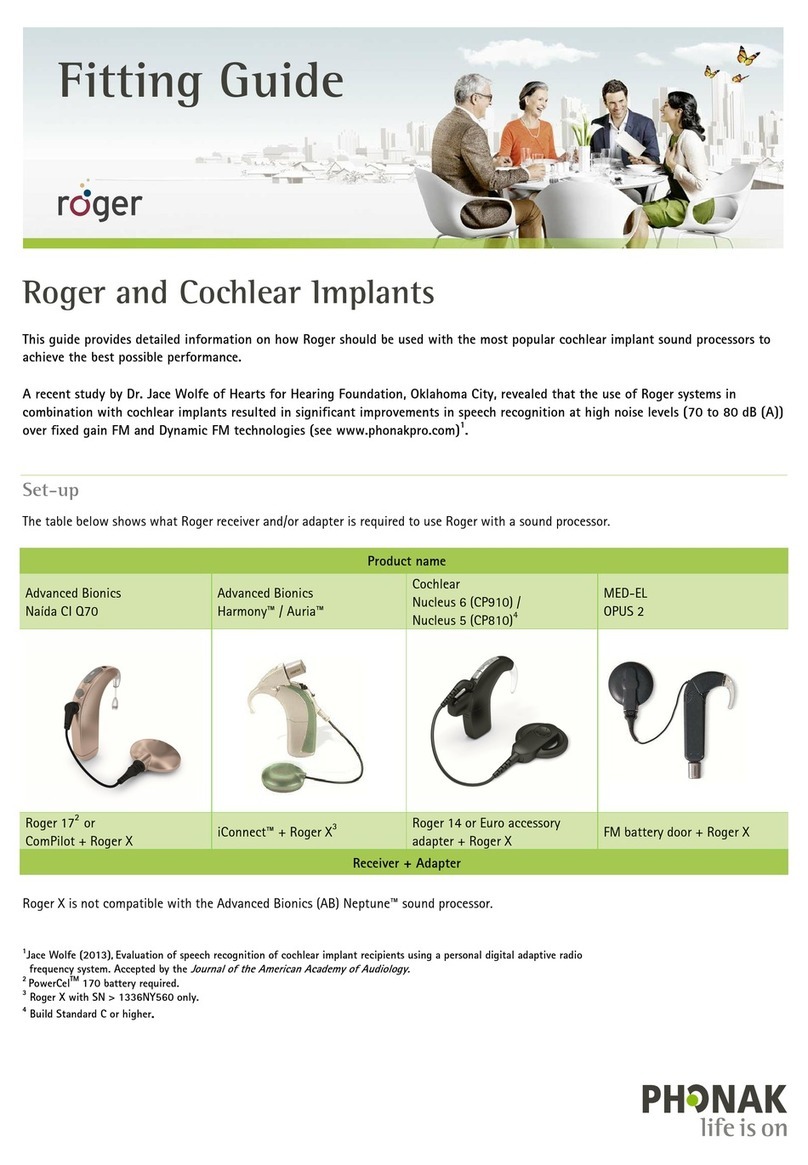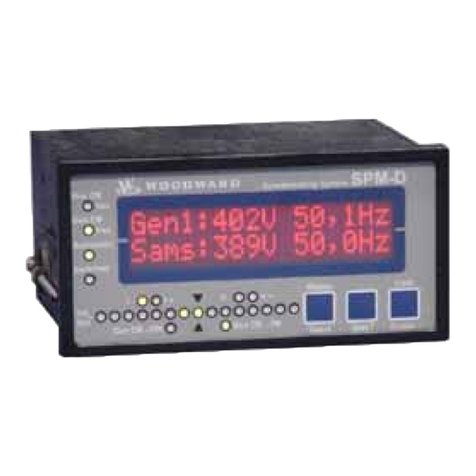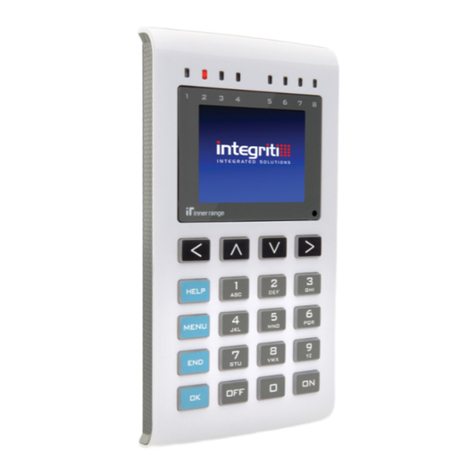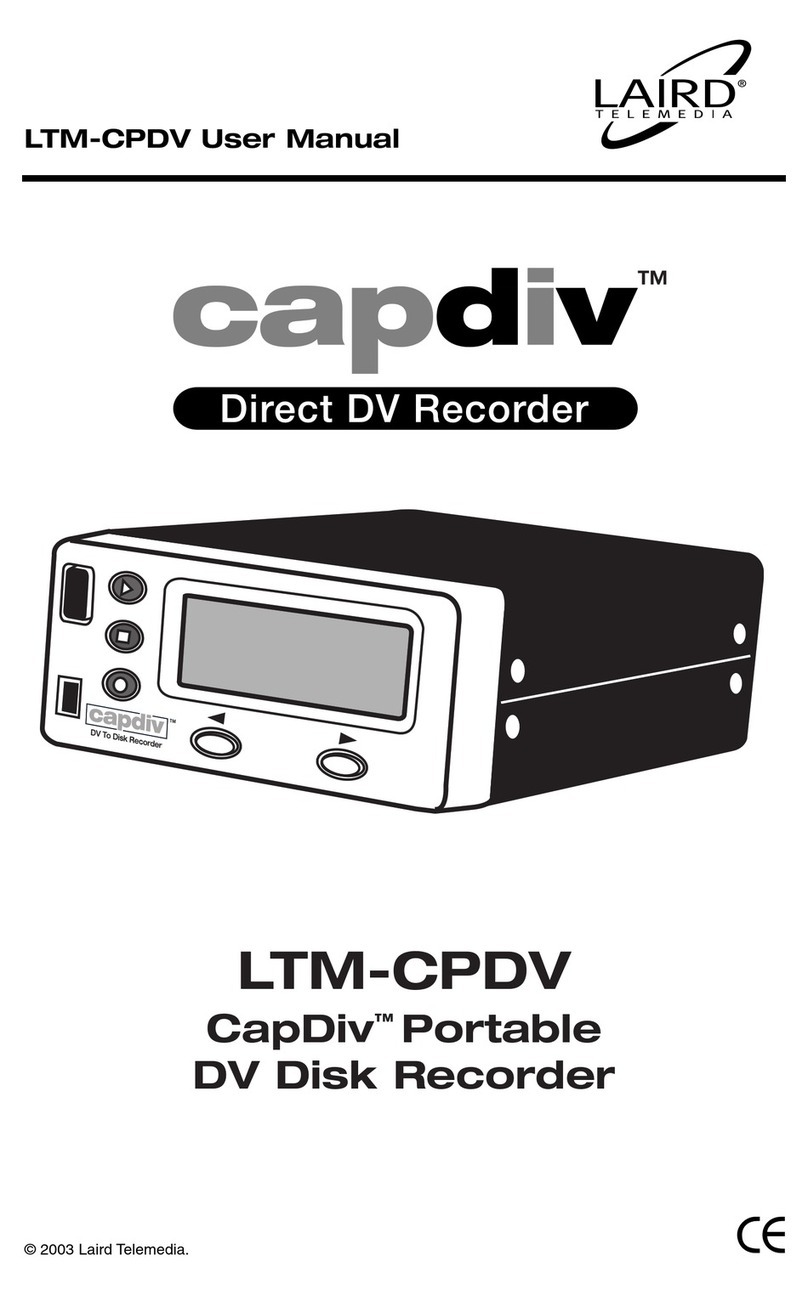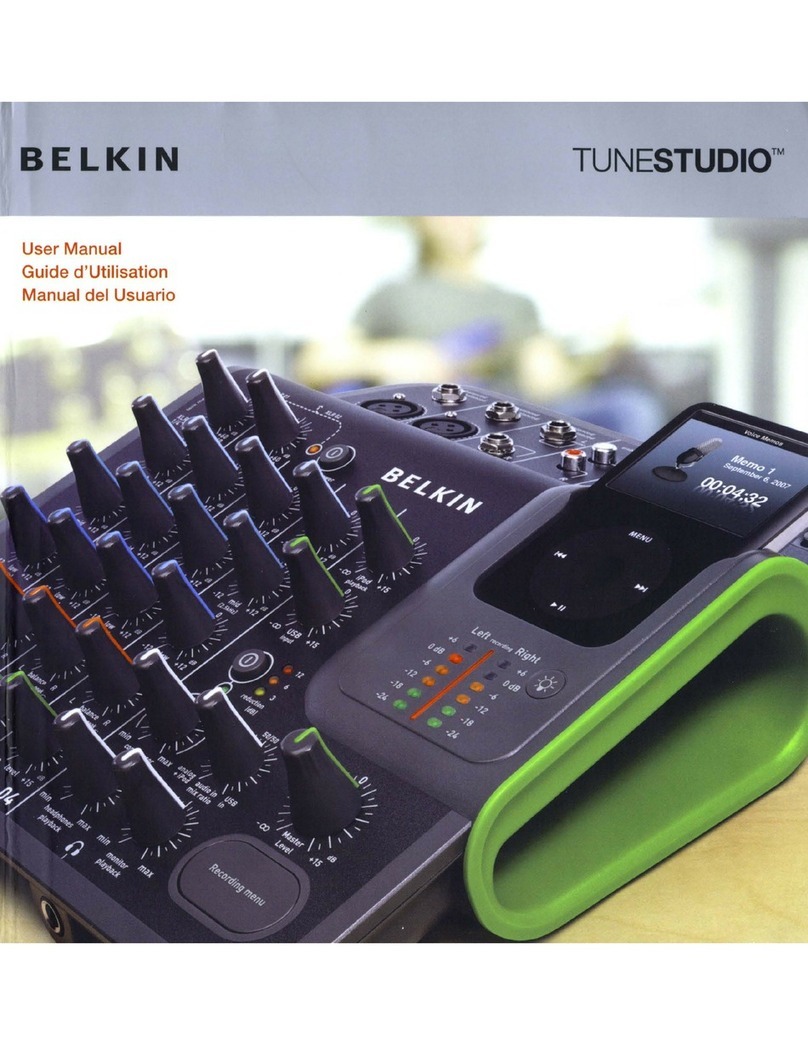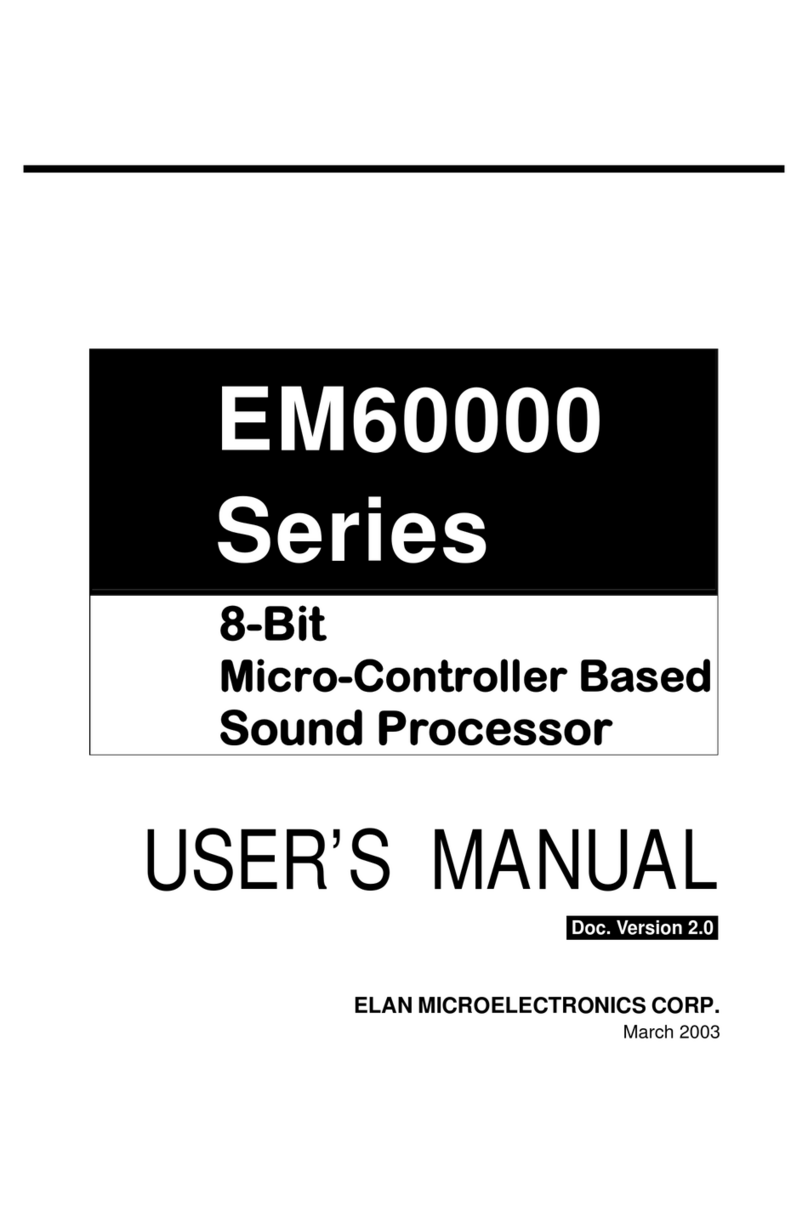Thermionic Culture THE PHOENIX HG15 User manual


©Thermionic Culture Ltd, October 2013 1
WARNING
For your personal safety, please read this operating manual and
warning thoroughly before using the equipment.
This unit must be installed in such a manner that operator access to
the mains plug is maintained. Where the product is to be rack
mounted, this may be achieved by having access to the
disconnection device for the whole rack.
To reduce the risk of electric shock, it is essential that the unit is
disconnected from the mains supply before removing the cover.
Please also note that the power supply capacitors within this unit can
remain charged even after the mains supply has been disconnected.
It is essential that these capacitors are discharged after the mains
supply has been disconnected and the covers have been removed.
In the event that this unit has been dropped or has suffered an
impact, an electrical safety test must be carried out before
reconnection to the mains supply.
This equipment is not intended for use in explosion hazard
environments. It must be used and stored in studio conditions, such
that the ambient relative humidity does not exceed 80%, nor is the
temperature to be allowed to drop to a level, which would cause dew
point to be reached.
Please ensure that adequate ventilation is provided and that the
ventilation slots are not obstructed. When rack mounting this
equipment, a fan may be required to provide sufficient airflow.

©Thermionic Culture Ltd, October 2013 2
CONTENTS
Section Page
1 Introduction 3
2 Installation 4
2.1 Metering 4
3 Controls 5
3.1 Input 5
3.2 Gain 5
3.3 Bass Cut 5
3.4 Threshold 5
3.5 Time Constant 5
3.6 Side Chain Bass Cut 6
3.7 Presence 6
3.8 Air 6
3.9 Active EQ 6
3.10 Output Trim 6
4 Servicing & Maintenance 7
4.1 Valves/Tubes 7
4.2 Operating Voltage/Fuses 7
5 Operational Hints 9
6 Specification 10

©Thermionic Culture Ltd, October 2013 3
1Introduction
The Phoenix HG is a single channel version of our classic
Phoenix Stereo Compressor.
The gain has been boosted to suit mic inputs, particularly
valve or FET condenser types, though many moving coil
mics such as Shure, Audio Technica, etc. are fine to use with
it on vocals and close mic-ing most instruments.
As a line level compressor it will perform as a mono Phoenix
with a slightly harder compression. The compression ratio is
not user adjustable and increases as compression increases
to be a limiter at very high levels. This gives a very natural
effect, especially with vocals.
Some basic eq. is provided, bass roll-off and active lifts
("Presence" and “Air”) which can be switched in and out
together.
Two Phoenix HGs can be linked for stereo operation by the
Link socket on the rear. We have also provided a Side Chain
Bass Cut switch.

©Thermionic Culture Ltd, October 2013 4
2Installation
The Phoenix HG 15 should be rack-mounted.
Although it is valve based, therefore producing more heat
than solid state units, it can be racked with no space above,
as long as the room temperature is within the range 0-25°C
and there is adequate ventilation beside and at the rear of
the unit to dissipate heat.
Input and Output connections are standard XLRs with pins 2
and 3 Signal, (transformer ‘balanced’) and pin 1 ground. If
coming from and to unbalanced sources, pin 2 should be
“Hot”.
DON’T FORGET TO CHECK THE MAINS VOLTAGE
SWITCH IS CORRECT FOR YOUR AREA.
(230/115V = 220-240V / 110-120V) Check the fuse is correct
(see table).
This will usually be set at the factory if the destination is
specified, eg. 115V for North America and Japan, 230V for
other destinations.
The Link phono socket is provided so that 2 HG15s can be
linked together for stereo operation. A standard phono to
phono cable can be used for this purpose.
2.1 Metering
When the unit is warmed up (allow about 5 minutes),
set the compression meter to zero. The adjustment is
just below the meter itself and can be done with the
tool provided. Do not adjust the screw on the meter
itself unless the needle is not horizontal when the unit
is cold.
The Metering is not necessarily accurate so use it as a
guide only.

©Thermionic Culture Ltd, October 2013 5
3Controls
3.1 Input
This controls the signal level going to the HG15.
Switched to MIC the max. gain is over 50dB making it
suitable for most microphones, though not those with
a low output, eg. ribbon mics.
PAD Reduces the level by 14dB for very high mic.
sources, or for extra compression if ‘line source’.
LINE Designed for source levels of 0dBu - +18dBu.
NB. The +48V switch will apply phantom power to
mics in MIC & PAD mode. Ensure that it is off when
using the PAD setting for extra compression from a
line source.
3.2 Gain
Finely controls the input level to the HG15 using a
high quality conductive plastic potentiometer.
3.3 Bass Cut
This control is supplied basically to reduce the
proximity effect of close mic-ing.
3.4 Threshold
This controls the point at which the compression ‘kicks
in’. Max compression is at 5.
3.5 Time Constant
We have decided to have 6 positions which relate to
most common and usable settings of attack and

©Thermionic Culture Ltd, October 2013 6
release – as Fairchild 670 etc. Attack and release
times are in 3 categories each – Fast (F), Medium (M)
and Slow (S). Each switch position is a composite of
Attack / Release.
1= F/M, 2= F/S,3= M/ F, 4= M/M, 5= M/S, 6 = S/M.
3.6 Side Chain Bass Cut
This switch reduces the compression on signals below
100Hz - see op hints.
3.7 Presence
This control mimics the highly acclaimed mid-lift
control on the Earlybird 2.. It’s simply a very broad –
band lift peaking at around 3 kHz.
3.8 Air
Boosts the very high end, peaking at:
6. 10 kHz, 5. 13 kHz, 4. 18 kHz – then 3., 2. & 1. are
damped versions of 6., 5. & 4., making the response
broader and more of a ‘shelf’.
3.9 Active EQ
Both "Presence" and "Air" can be switched IN/OUT
together using this switch.
3.10 Output Trim
A reverse linear attenuator, reducing output level by
up to 15dB to suit low level inputs.

©Thermionic Culture Ltd, October 2013 7
4Servicing & Maintenance
The unit comes with a 12 month warranty covering all parts,
including valves. It is essential that it is returned to our
factory or to the dealer from which it was purchased for
repairs to be carried out otherwise the warranty is
invalidated. There is, however, one important exception to
this rule:
4.1 Valves/Tubes
The most likely cause of a problem is a faulty valve.
Before sending a unit back to us, please contact us
and we will advise whether it’s a simple valve fault and
if so we may elect to send a spare. However it is
always best to return it to your dealer or to us as re-
alignment will ensure optimum results.
Correct valves are
Input: 6AQ8 (ECC85)
Output: 12AT7 (ECC81)
4.2 Operating voltage/Fuses
Operating Voltage Fuse Rating
115V T630mA 20mm type
230V T315mA 20mm type

©Thermionic Culture Ltd, October 2013 8
5Operational Hints
The HG15 is designed specially as a vocal compressor,
though it’s very much at home also as a track compressor,
using 2 together for stereo buss. Also great for individual
instruments.
When recording direct from a mic source, the MIC setting is
fine for most microphones, whether condenser (valve or
FET) or moving coil dynamic. However, PAD can be used for
high output mics that like a higher impedance input.
The TIME CONSTANT switch controls both attack and
release and settings are very much the preference of the
individual user. To start with, 3 is good for vocals, 1 for
violins, 6 for percussive instruments. Please let us know
your own preferences by email as this section may be
expanded or the settings changed.
The OUTPUT TRIM should be used at or close to max (0dB)
for cleanest results when going to a standard Line input. Set
lower if you’re driving the HG15 harder for some harmonic
distortion, or just to trim the level when compressing heavily.
The SIDE CHAIN feature on the HG15 has a significant
effect on the frequency response of the compression and
also the time based response.
It's commonly known that lengthening attack times on
compressors will allow transients to pass through whilst
triggering the compression less if desired. However part of
this effect is that low frequency impulses will also tend to
pass through un-compressed and this is partly what makes
slow attack times so popular. Low frequency impulses
contain a lot of energy which will trigger the compression
more easily than higher frequencies and they tend to decay
slowly as well. This can make the release time of the
compressor feel very slow and sluggish.

©Thermionic Culture Ltd, October 2013 9
If the SIDE CHAIN BASS CUT is used this will allow low
frequency impulses to trigger the compression much less, at
the same time a fast attack time could be used and this will
mean that transients can be compressed quite effectively
without the low frequency impulses causing the compressor
to over compress. This will make the compressor seem
much faster as it's attack time is faster and the release time
will not be slowed down by a slow decaying low frequency
impulse.
A good example of this would be in a situation where a vocal
is being recorded with a lot of proximity effect from the
microphone. Percussive parts of the vocal sound may well
contain a lot of low frequency information.
It might normally be decided to remove the low frequencies
from the vocal sound in order to stop any problems with
unwanted over compression.
Or the Phoenix HG 15 side chain bass cut can be engaged
to stop the compressor responding to the low frequency
impulses. This can help to give a "tighter" sounding result
that still contains a lot of low frequency information which
might be a desirable part of the vocal sound.
This situation can apply to many other instruments or sounds
like bass guitars, bass drums, synthesised sounds or any
instrument / sound or mix of sounds that contains low
frequency information.

©Thermionic Culture Ltd, October 2013 10
6Specification
Input impedance MIC: 1kΩ
PAD: 2KΩ
LINE: 10kΩ
Output Impedance: 600Ω
Max gain MIC: 52 dB
PAD: 38 dB
LINE: 25 dB
THD (30kHz filter) 1kHz: 0.12%
100Hz: 0.22%
N.B. Distortion may increase with compression, especially
with faster settings and 12 dB + compression.
Frequency response +0/-1dB 16 Hz to 50 kHz
Max O/P level (MOL): + 25.5 dBu, 10kΩload
Signal to Noise: 96 dB
Power Consumption: 19W
Indicator Lamp: 12V / 3W
Net Weight: 4kg

Phoenix HG Frequency Response
0111.020.0
Frequency (kHz)
-8
-6
-4
-2
0
2
4
6
8
Gain (dBr)
Air 1
Air 2
Air 3
Air 4
Air 5
Air 6
Bass Cut 50
Bass Cut 100
Presence 3
Presence 6

Thermionic Culture Ltd., Harlow, Essex, UK
©Thermionic Culture Ltd, October 2013. Printed in UK.
Table of contents
Other Thermionic Culture Recording Equipment manuals
